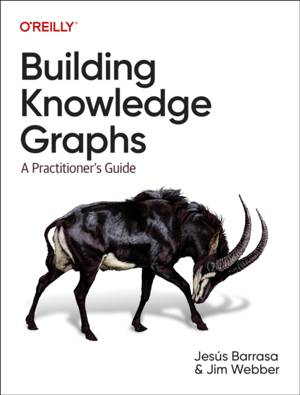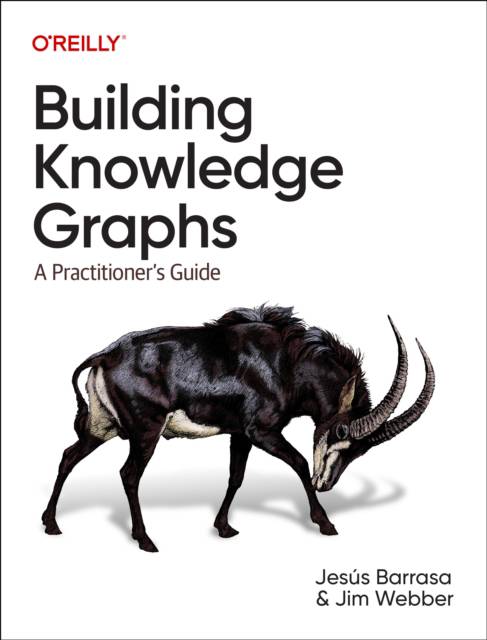
- Afhalen na 1 uur in een winkel met voorraad
- Gratis thuislevering in België vanaf € 30
- Ruim aanbod met 7 miljoen producten
- Afhalen na 1 uur in een winkel met voorraad
- Gratis thuislevering in België vanaf € 30
- Ruim aanbod met 7 miljoen producten
Omschrijving
Incredibly useful, knowledge graphs help organizations keep track of medical research, cybersecurity threat intelligence, GDPR compliance, web user engagement, and much more. They do so by storing interlinked descriptions of entities--objects, events, situations, or abstract concepts---and encoding the underlying information. How do you create a knowledge graph? And how do you move it from theory into production?
Using hands-on examples, this practical book shows data scientists and data engineers how to build their own knowledge graphs. Authors Jesus Barrasa and Jim Webber from Neo4j illustrate common patterns for building knowledge graphs that solve many of today's pressing knowledge management problems. You'll quickly discover how these graphs become increasingly useful as you add data and augment them with algorithms and machine learning.
- Learn the organizing principles necessary to build a knowledge graph
- Explore how graph databases serve as a foundation for knowledge graphs
- Understand how to import structured and unstructured data into your graph
- Follow examples to build integration-and-search knowledge graphs
- Learn what pattern detection knowledge graphs help you accomplish
- Explore dependency knowledge graphs through examples
- Use examples of natural language knowledge graphs and chatbots
- Use graph algorithms and ML to gain insight into connected data
Specificaties
Betrokkenen
- Auteur(s):
- Uitgeverij:
Inhoud
- Aantal bladzijden:
- 288
- Taal:
- Engels
Eigenschappen
- Productcode (EAN):
- 9781098127107
- Verschijningsdatum:
- 1/08/2023
- Uitvoering:
- Paperback
- Formaat:
- Trade paperback (VS)
- Afmetingen:
- 175 mm x 231 mm
- Gewicht:
- 498 g

Alleen bij Standaard Boekhandel
Beoordelingen
We publiceren alleen reviews die voldoen aan de voorwaarden voor reviews. Bekijk onze voorwaarden voor reviews.











